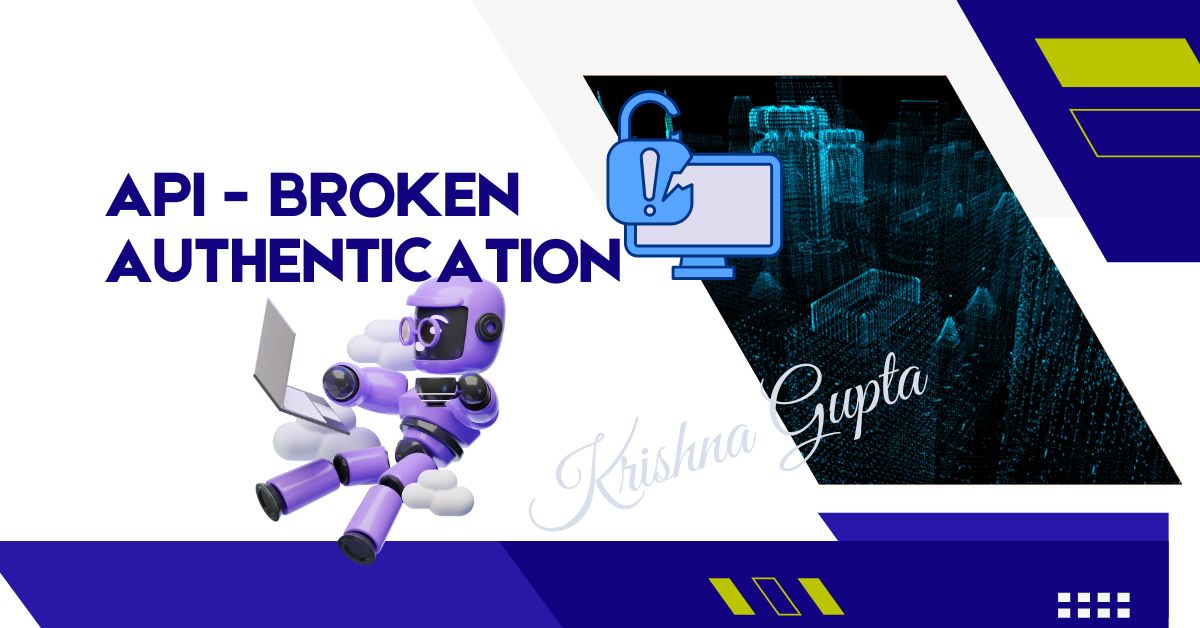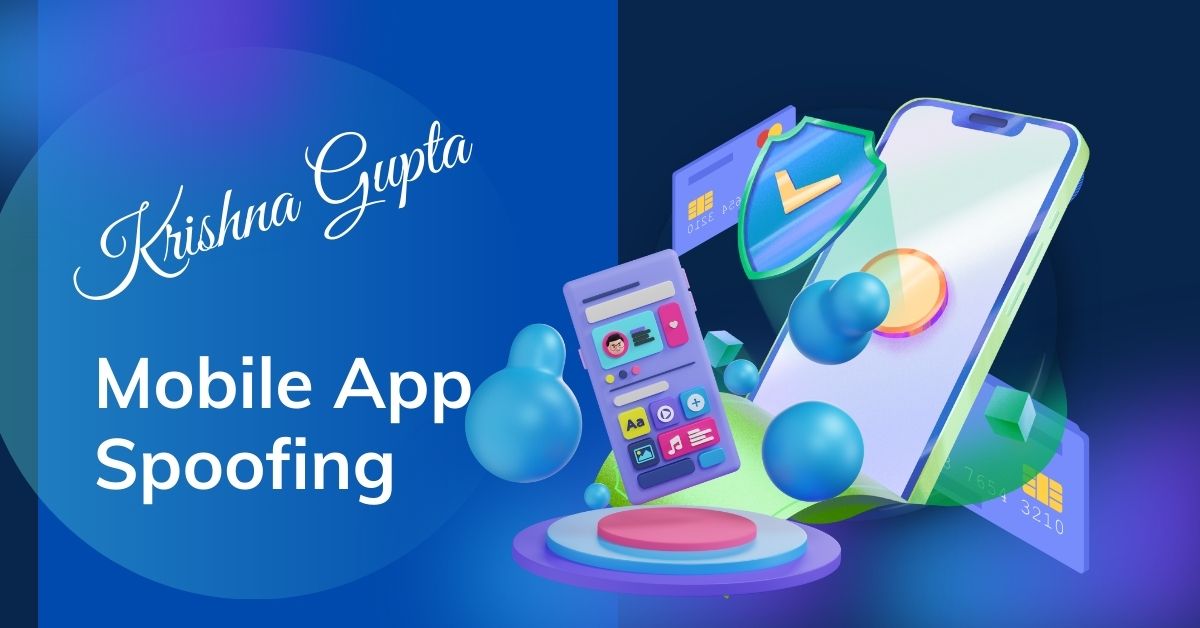OWASP Top 10 API Security Risks – 2023: API2:2023 – Broken Authentication
Authentication is the process of verifying a user’s identity before granting access to resources. In APIs, authentication mechanisms ensure that only authorised clients or users can interact with the system. Broken authentication compromises this trust, potentially leading to data breaches, identity theft, or unauthorised access to sensitive information. As APIs often handle vast amounts of personal and corporate data, even minor authentication flaws can have catastrophic consequences for businesses.
Broken authentication manifests in various forms, each posing unique challenges to developers and penetration testers.



